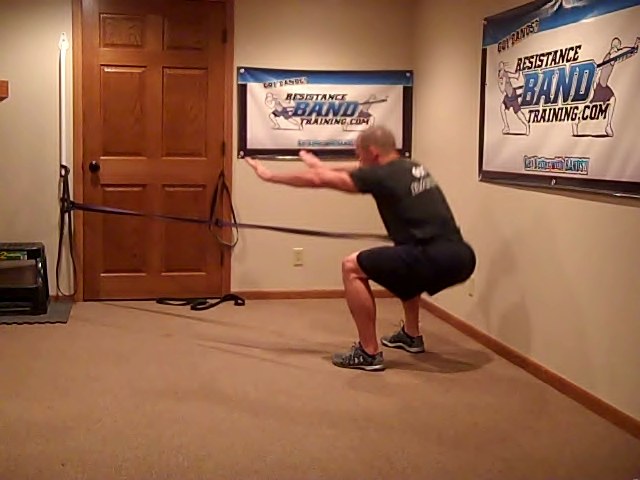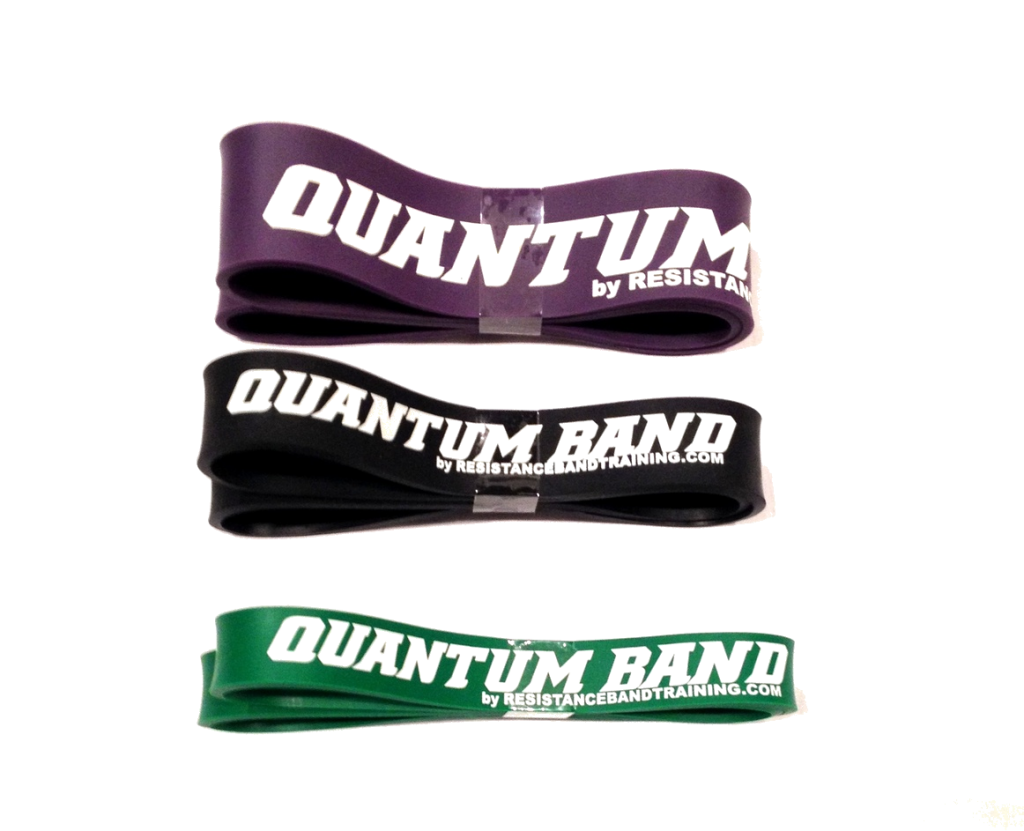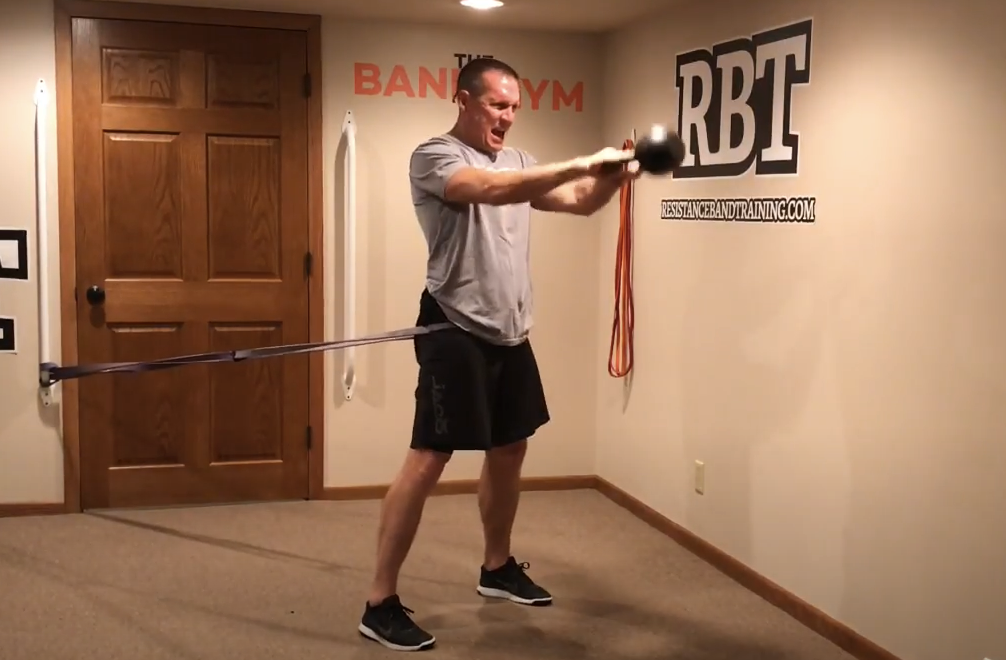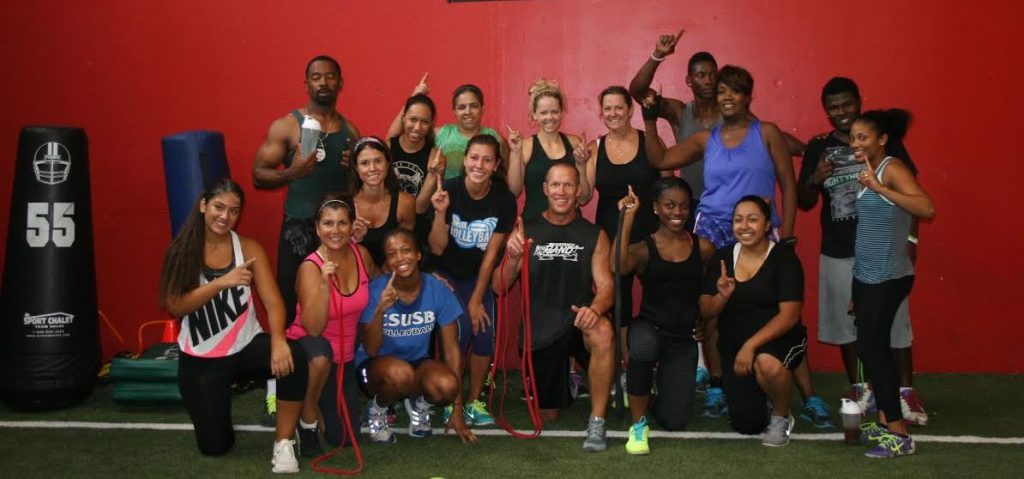How to Fix Your Squats
The Squat is the grandfather of all movements. Without it, the body is very limited in its ability to move the way it needs to move efficiently throughout the day.
If you don’t believe me, count in 1 hour how many times you have to simultaneously bend your ankles, knees and hips to some degree. Unless you are sitting at a desk for the entire hour, you will be surprised by how often variations of squatting occur. As for you desk jockeys…take note of how you get out of that chair.
Without squatting, the body is very limited in its ability to move the way it needs to.
The key to creating an efficient pain-free squat comes down to making sure the hips hinge well and the correct butt muscles are activated, thus keeping the knees and ankles from collapsing inwardly. This sounds simple but very few people can hinge correctly. This then leads to the wrong hip muscles being activated which, when repeated 100’s of times, leads to joint pain.
Over the years I have found that combining a Dynamic Stabilizer with a 41-inch standard size Quantum Band, provides the feedback and assistance or resistance needed to help almost any individual learn what it feels like to activate the correct butt muscles while performing an effective hip hinge.
Why the Dynamic Stabilizer Can Fix Your Squat
Using a 13-inch Dynamic Stabilizer is the key to teaching an efficient pain-free squat for 4 reasons:
 It automatically creates activation of the key butt muscles, specifically the gluteus medius. This muscle helps prevent the knees from collapsing inwardly and placing abnormal stress on the soft tissues around the knees and ankles.
It automatically creates activation of the key butt muscles, specifically the gluteus medius. This muscle helps prevent the knees from collapsing inwardly and placing abnormal stress on the soft tissues around the knees and ankles.- By placing the Dynamic Stabilizer above the knee, it allows any variation of squatting to be completed without interfering or altering the squat movement.
- The band’s 2.5mm thickness eliminates rolling or migrating of the band up the leg when placed above the knee. Plus, being 10 times thicker than a super thin mini band, it creates a higher level of durability that, in turn, allows for more aggressive squatting and running exercises to be performed.
- Being 13 inches in length allows individuals to get their feet or base of support at the correct width which, in turn, causes instant activation of the gluteus medius.
Below Are Several Band Squat Variations
Here are 5 band squat variations I have used over the years to progressively teach and strength train any individual’s squatting motion. I will take you through each of these and provide you with info on when to consider using them. All of these squat variations will incorporate a Dynamic Stabilizer.
- Assisted Squat – Best used when individuals struggle with performing a simple body-weight only squat.
- Horizontal Vector Reach Squat – Best used when individuals struggle with feeling what it means to hinge at the hips and instead allow knees to migrate forward over their feet.
- Horizontal Vector Band Front Squat – Best to use when individuals are ready to vertically load their squat but want to make the resistance at the bottom of the squat less to reinforce a good upright posture and a good hip hinge (which can be lost with too high of resistance).
- Contrast Squat – Best to use when it is time to begin teaching an individual how to squat with a gravity dependent weight, which will make the lower part of the squat more challenging.
- Drop Squat – Best to use as a more aggressive squat variation that challenges muscles to react to ground reaction forces similar to what occurs with simple walking or running.
Summary
The key to creating an efficient squat starts by getting the right muscles activated at the right time. Incorporating the Dynamic Stabilizer into the squat motion creates the right muscle activation automatically without altering the movement.
From there, the key is to help assist with getting the individual to feel the movement. This is where applying a horizontal vector load at the hips will automatically create an efficient hip hinge. After that, it is a matter of keeping an upright posture which, once again, bands can do when placed in the front loaded position.
Dynamic Stabilizers Are the Most Durable and Versatile Bands Available
Dynamic Stabilizers are the most durable and versatile band available when it comes to teaching and developing functional hip stabilization strength.




